Recently, the conversation about pattern theft in the fiber arts picked up again when a designer discovered a Discord community sharing hundreds of paid patterns from many different designers. That conversation spun off in some places into a conversation about free knitting and crochet patterns.
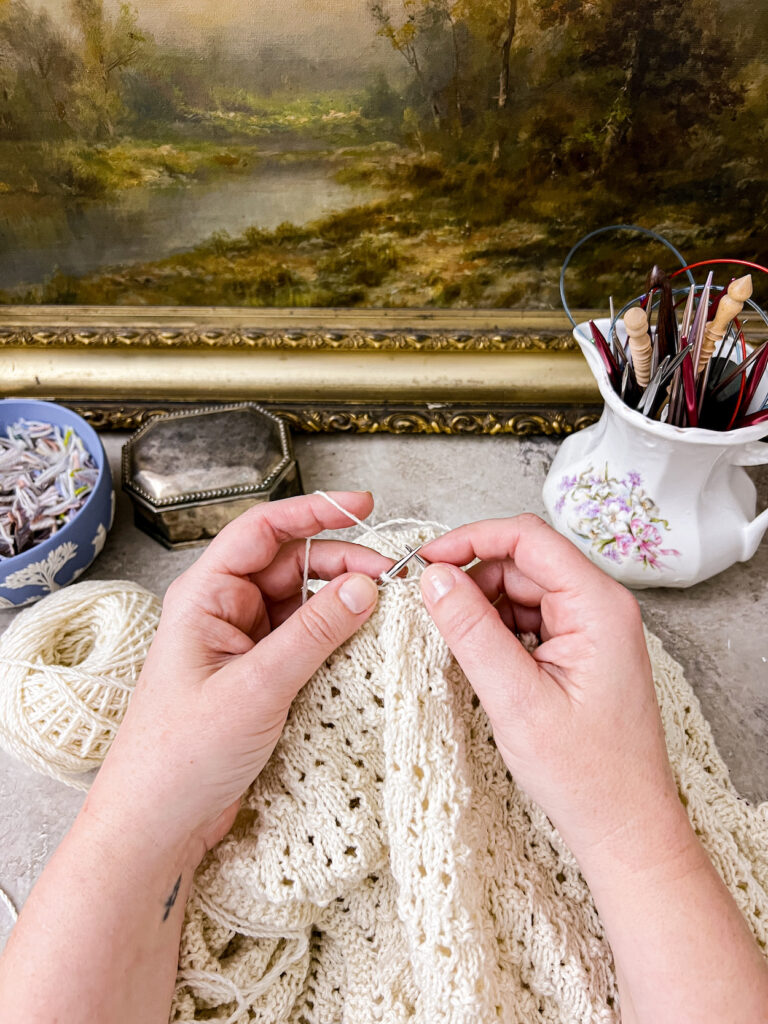
And reading those conversations, I realized there is a lot of misinformation and confusion about free patterns.
So I decided to write this blog post from my perspective as a working designer who offers a mix of both paid and free patterns. I hope this helps clear up some confusion, and I’m happy to answer additional questions as they arise.
Free Pattern ≠ Unpaid Designer
One of the most common misconceptions I saw was that it’s okay to share a free pattern because the designer wasn’t getting paid for that anyway. If you understand anything about modern blogs, you’ll immediately recognize the problem with that argument.
But if you don’t, let’s talk about it. See, many blogs nowadays are monetized with ads (including this one). For every 1000 ad impressions shown to a blog’s readers, the ad company pays the owner of the blog a certain amount. That amount depends a lot on where your traffic is coming from, what you write about, how long people stay on your page, etc. It varies widely from blog to blog.
The important thing is this: when you find a pattern for free on a blog monetized with ads, you may not pay to use it, but the designer still receives payment for developing the pattern. It’s just that the advertisers pay the designer, not the people using the pattern.
And that means that if you print the pattern or save it as a PDF and share it around, the designer no longer receives pay. If you want to support the designers who are creating free patterns for you to use, the best thing to do is to link your friends directly to the blog post where the pattern can be found.
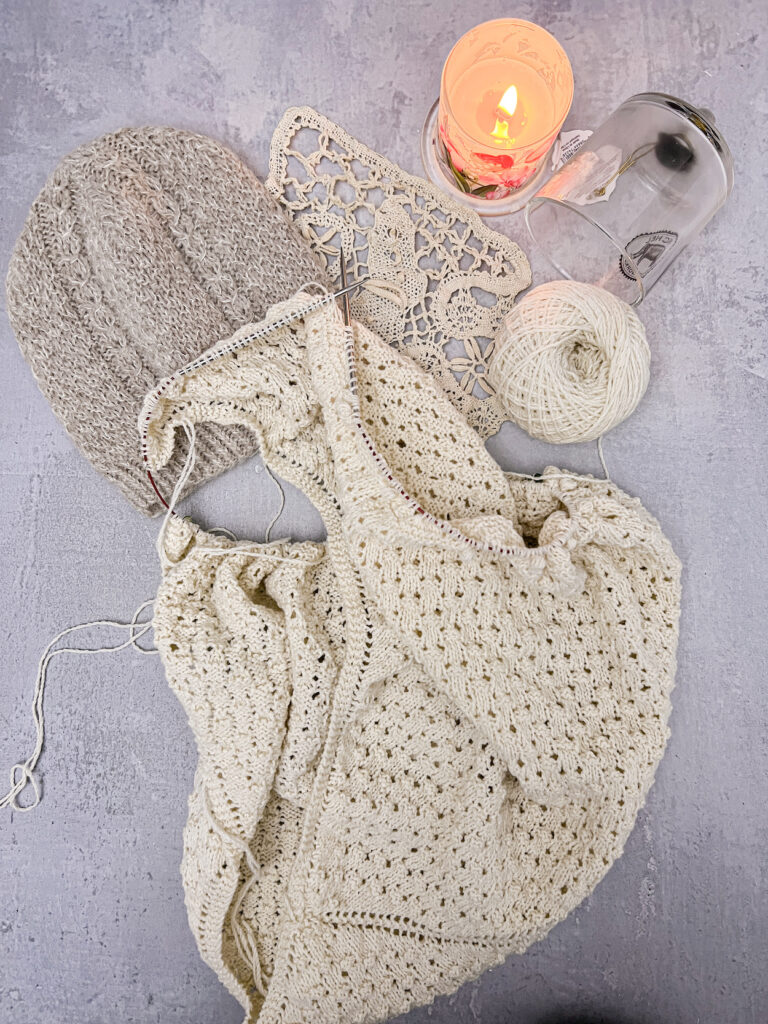
Not All Free Patterns are Bad Patterns
I also saw a lot of people saying they don’t want to use free patterns because you get what you pay for, and free patterns are usually bad. That may be the case for some free patterns, but many other free patterns are excellent.
For example, I have my free patterns tech edited just like my paid patterns. It’s the same tech editor looking at them. Like many designers, I believe that my free patterns are just as representative of my work as the paid patterns. If that’s the case, then they should meet the same standard.
How can you tell whether a free pattern is going to be a good one? Well, one way is to take a look at who’s publishing it. If it’s somebody who has a regular presence in the design industry, or it’s a magazine or yarn company whose business would be harmed by consistently putting out bad patterns, odds are higher that they have the experience to design a good pattern and have put in the work to do so. It’s of course not a guarantee. We’ve all encountered free patterns from well-known entities that fell below expectations, but it’s a starting point.
I’d also suggest looking up the designer online. Do they have a website or social media presence? If so, read what they say about their design process. Does it look like they are thoughtful about it? Do they talk about the things they do to learn to become better at designing? Do they share their expertise in some way? That can help you get a sense of their skills.
Of course, there are some brand-new designers who are very good at what they do. As a result, you shouldn’t let a lack of pattern publishing history turn you off completely. Just let it inform your analysis.
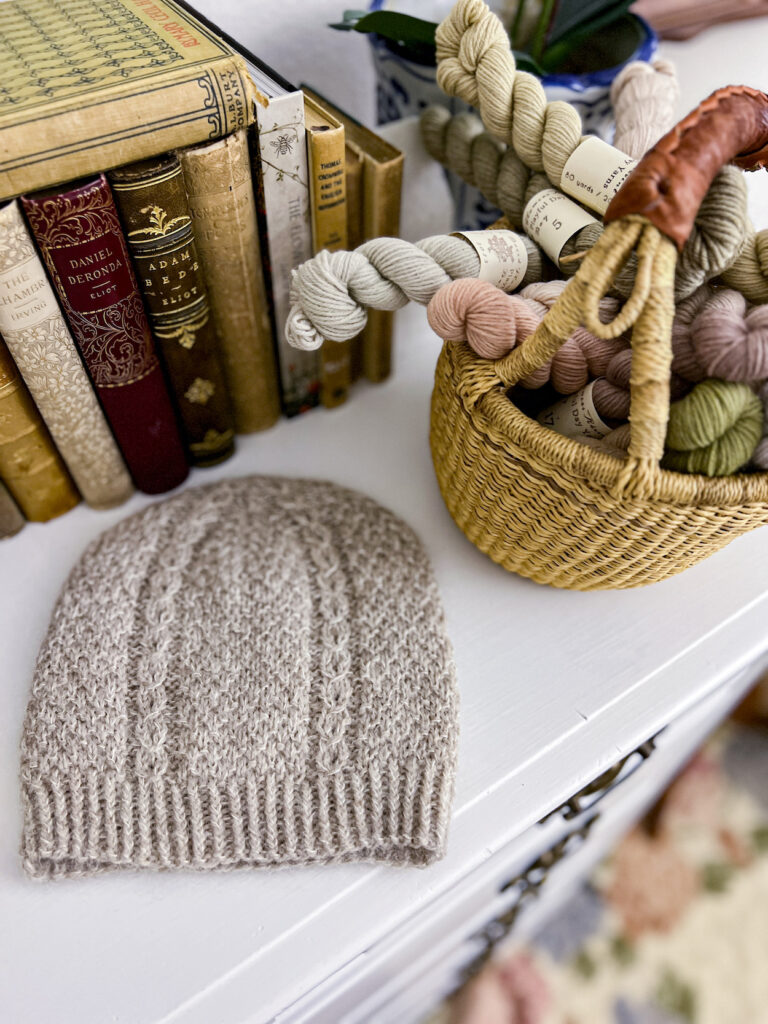
Designers Publish Free Patterns for Different Reasons
The third misconception I frequently saw is that free patterns from indie designers must be free because the designer isn’t confident in the pattern or is just publishing it as a one off thing. Again, that might be true for some designers, but it’s not at all true for many others.
A designer might decide to make a pattern free for all sorts of reasons. Maybe it is for marketing purposes. In that scenario, once knitters discover and like the free pattern, they will try some of the designer’s paid offerings. Maybe it’s because the designer is celebrating something and decided to publish a free pattern in celebration.
I’ve definitely published patterns for those reasons. I’ve also done it sometimes because the pattern is fairly basic and I know it will appeal to beginner knitters. Beginner knitters, though, are less likely to be comfortable paying for patterns. When I do that, I’ve done the math on how many visitors I would need to the blog to earn the same amount of money as I would if I had published it as a paid pattern, and I’ve decided I am fairly confident I can earn that money via blog traffic.
Bottom line is that you can’t assume much about the designer and their motivation for publishing a pattern for free. There are a multitude of good reasons for why a designer might choose not to paywall one or all of their patterns.
I hope this peek behind the curtain of designer life has been helpful. Again, if you have any questions about free patterns or how pattern designers manage to make a living in this industry, feel free to send them my way.
Let’s stay connected!
Join my newsletter for 30% off all new releases, regular updates with helpful tips and tricks, first crack at registration for upcoming workshops, exclusive discounts, and more.
Join the A Bee In The Bonnet Facebook Group to participate in knitalongs and other fun community events
Come hang out with me on the A Bee In The Bonnet TikTok
Follow along on the A Bee In The Bonnet Instagram
Get inspired via the A Bee In The Bonnet Pinterest

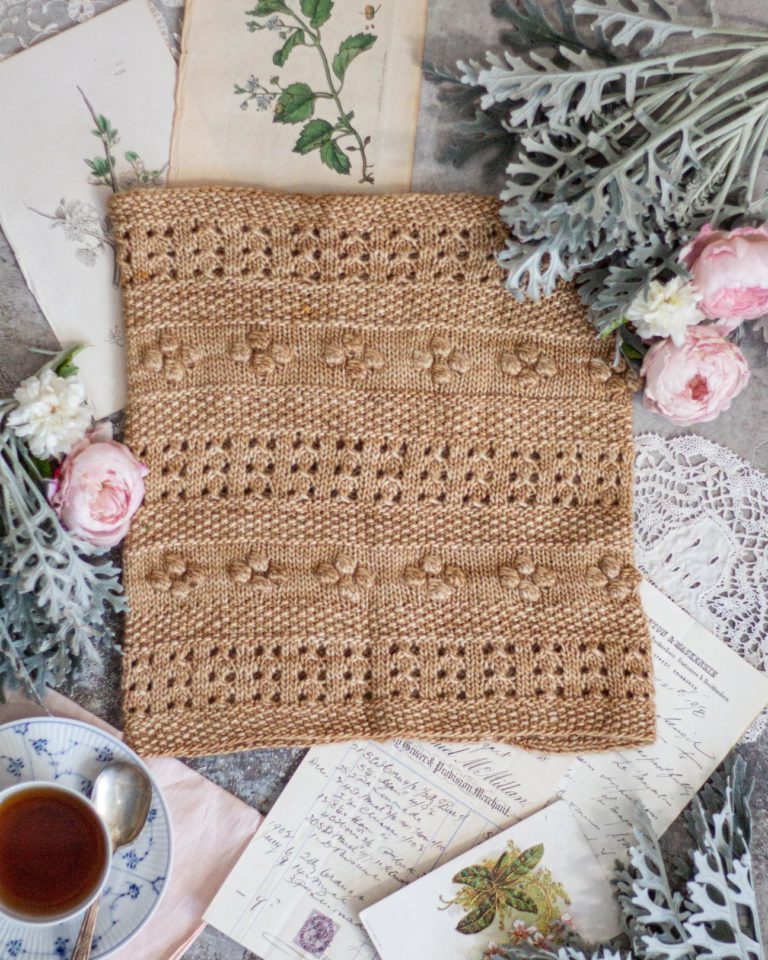
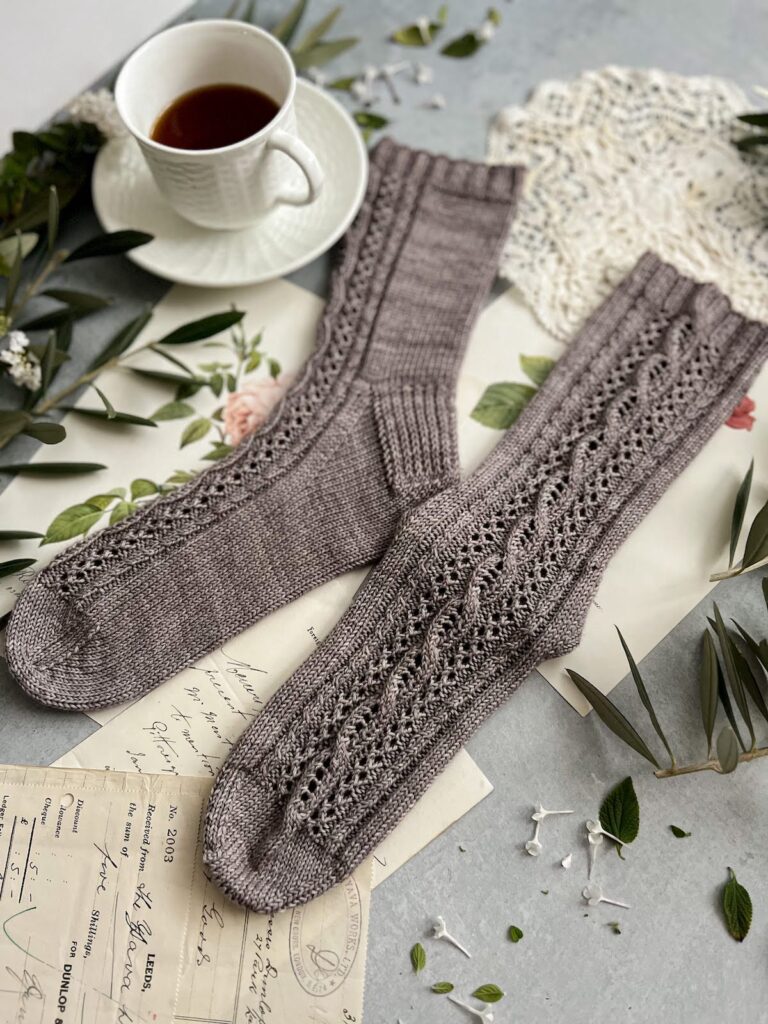
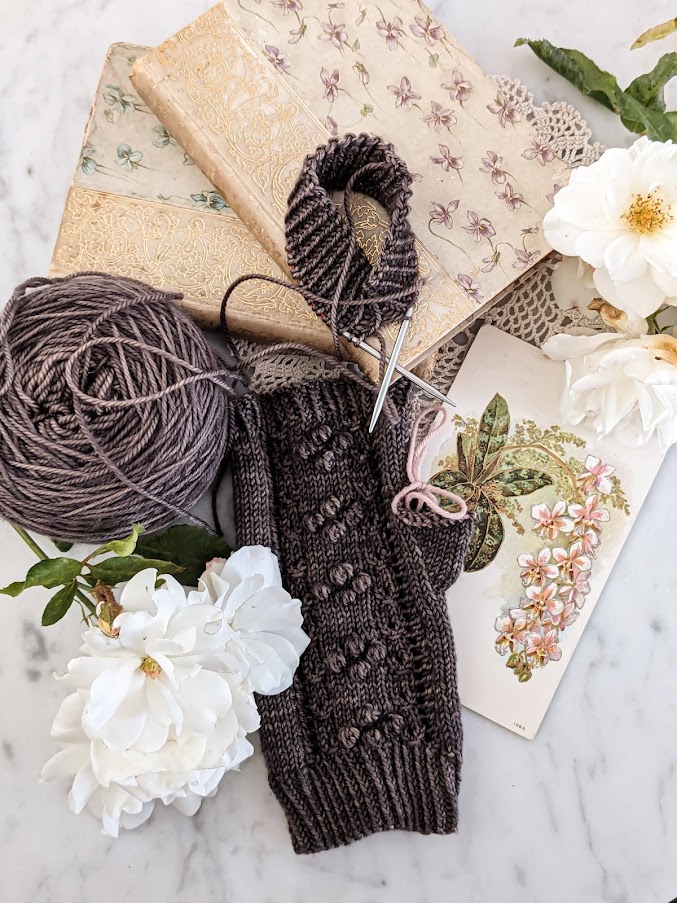
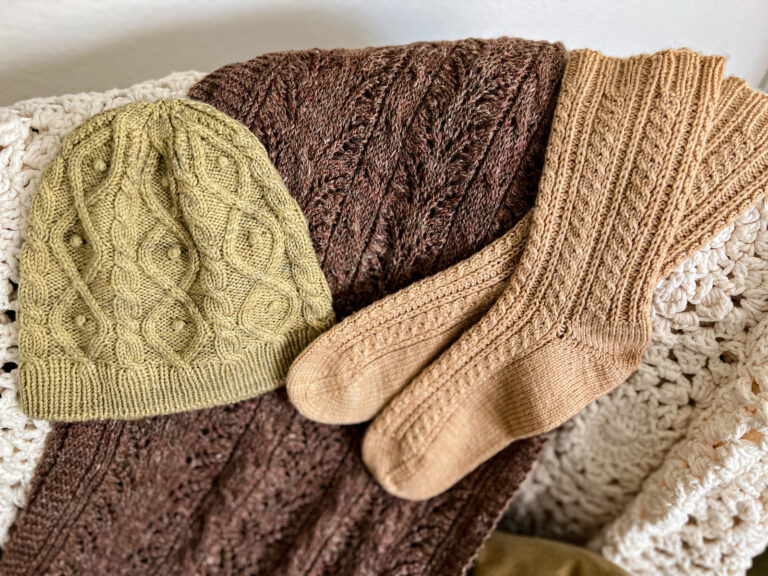
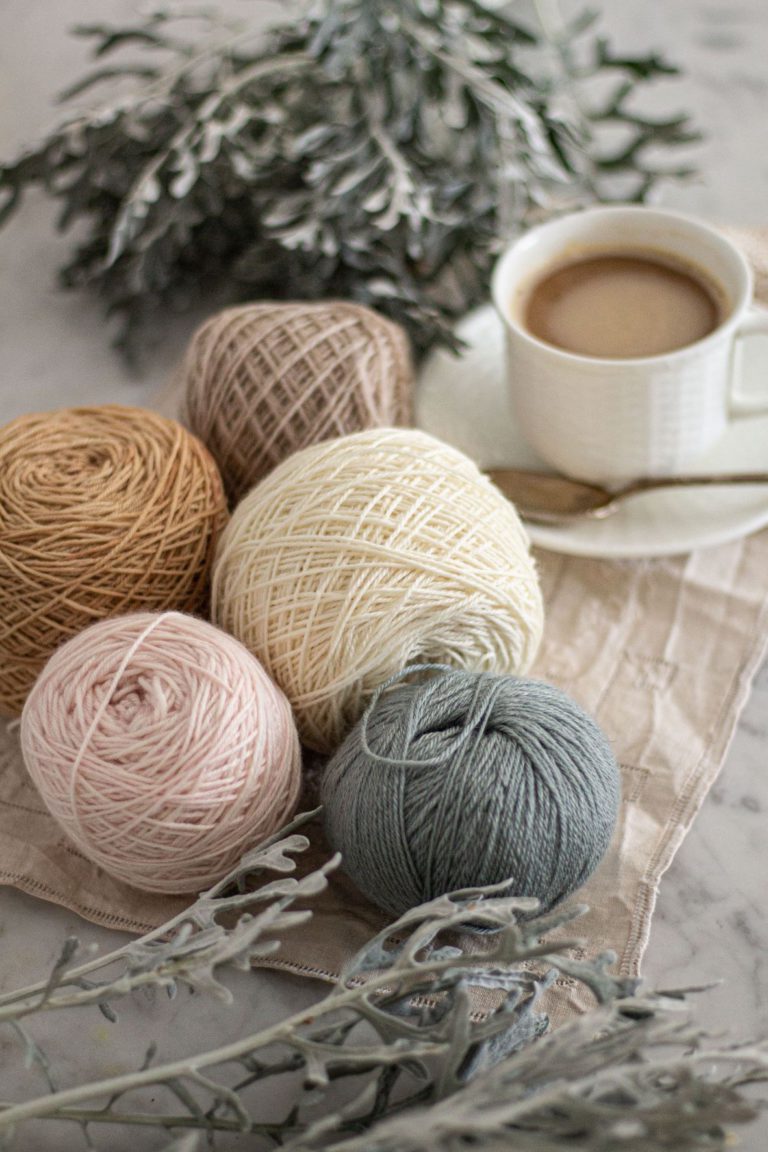
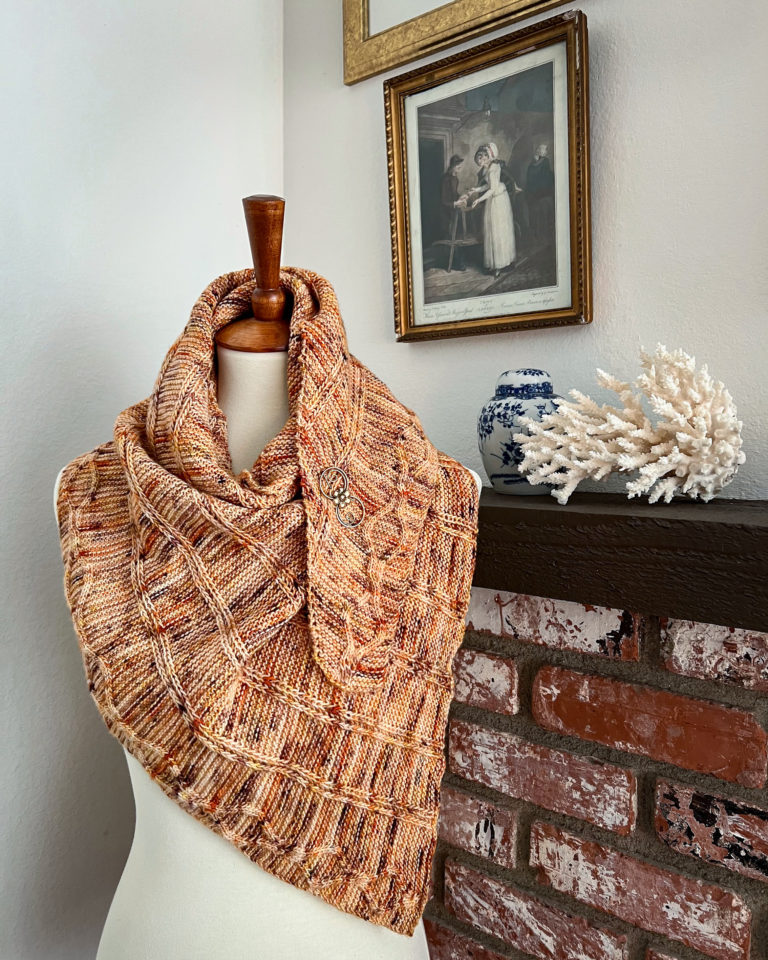
As I am not confident in my abilities I would be interested in designers knowing that seeing even a part of the pattern would be helpful so I can determine if my skill level is up to the task.
Hi Lauren,
Thank you for explaining the above! I read it with interest, as I don’t know much about blogs etc. It has been my ‘personal’ experience that the free patterns I do choose are from designers I like, and that I often purchase one of their other patterns. It’s also a good way to inform oneself as to how the pattern is written and presented. I don’t typically ‘get’ patterns that I wouldn’t buy anyway! I haven’t purchased any of your patterns yet as I am on a spinning journey! The time will come again for whimsical socks <- really beautiful and love the presentation!
Sorry for the double post, I didn’t see a way to edit.
Thanks Lauren! I am a new knitter and definitely have that feeling about paying for patterns. A large part of it is I want to see the pattern and make sure I am comfortable with it. I did learn at the summit to look for some key things (when on Ravelry) to help guide for patterns in general. I even have a few paid saved, based on the info that is provided that tells me I might be comfortable going for it. Things like size inclusions and what your knowledge needs to be in order to succeed.
I appreciate the insight of this article!
Great information!! I have a ton of saved free patterns in my favorites on my Web browser. I haven’t made 99% of them, but I hope to. There are others I want to buy one day, also saved.
One question, what about emails? Are emails another way bloggers or designers get pain? I have noticed most of my fiber emails are long. I mean written like blogs, but also with links to read more. I ask because I typically don’t read through the emails but I click on the links. I want a creator to get the max they can from me.
Thanks for the well laid out post explaining blogs and ad revenue. For a long time I tended to print and save not only knitting patterns but also recipes rather than bookmarking and returning to a particular page.
For my recipes I exclusively bookmark and go to that page any time I want to re-make an item. I am more likely to spend $5-8 on a pattern than go repeatedly to a blog post because the screen movement and changes tend to distract me.
Thanks for the reminder that your hard work, and the others who we follow online, need to be paid. If you don’t like content, or follow someone as a ‘hate-follow’ you are getting them paid every time you watch a video, click on their blog and upping them in the algorithm with every comment. There is enough negative in the world, follow people and topics that bring you joy.
Sorry for the mini-soapbox! Have a great day!
Thank you for explaining this as I am guilty of not realizing a free pattern is still producing income for the designer, I appreciate having learned this and will be mindful of that in the future!
I am subscribed. I receive your emails. Thanks. I am a beginner knitter but I only use patterns I paid for.
Thank you so much for this article. I do use both paid and free patterns but this gave a new perspective on free ones. I do not share paid patterns but have shared free ones in the past. Thanks to this article I will discontinue this practice so that the designer can earn income from the pattern.